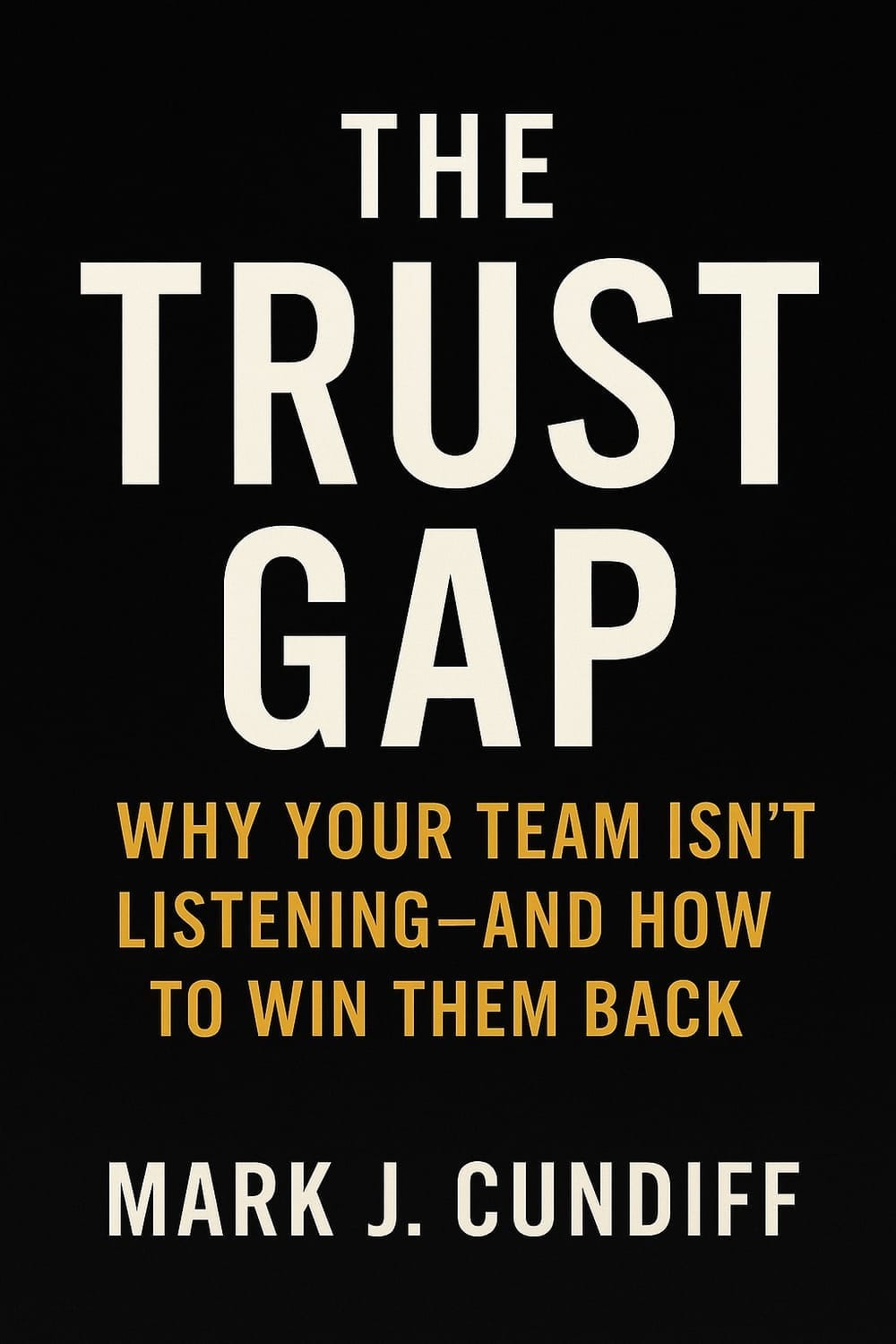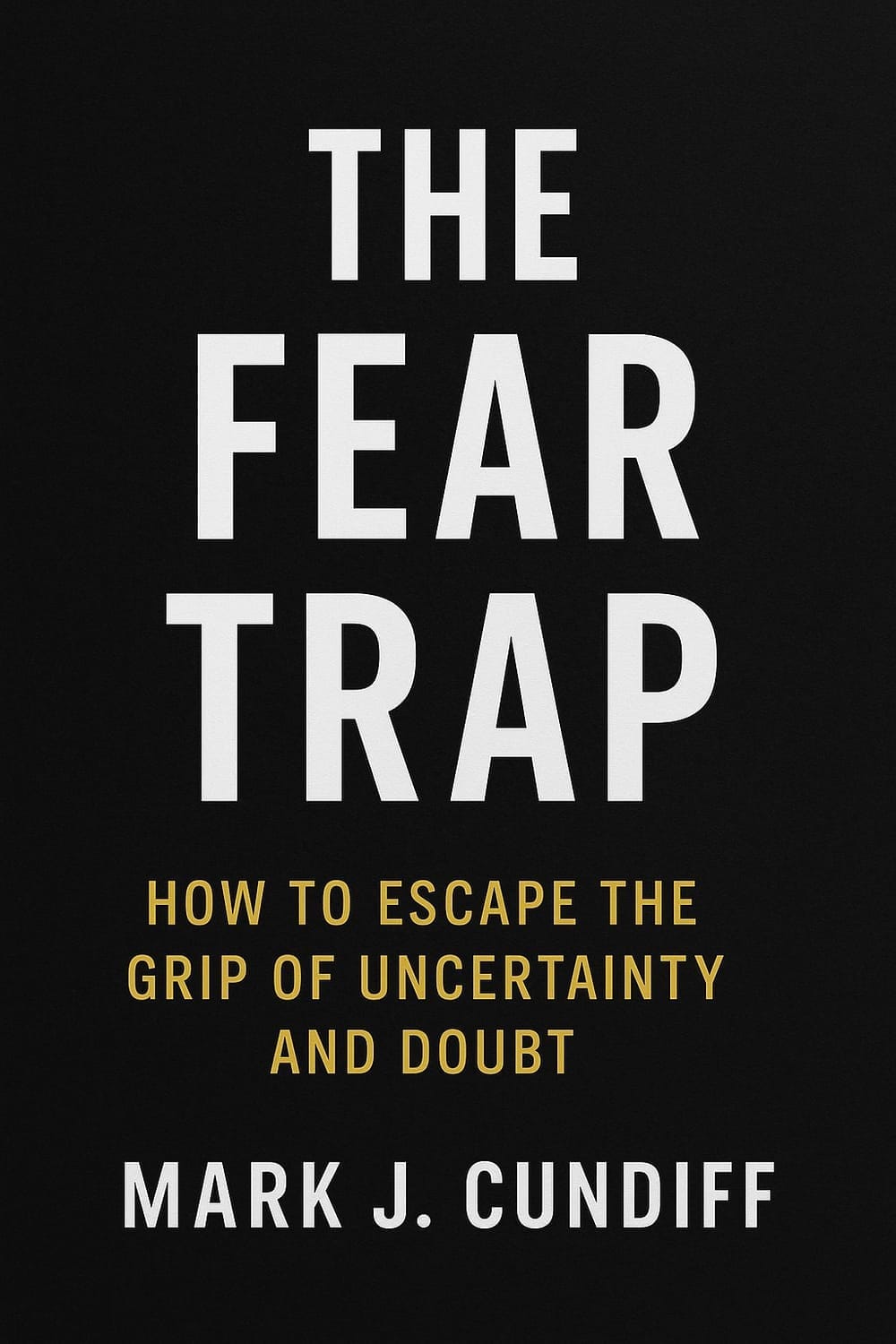Good to Great: Level 5 Leadership by Jim Collins
The Paradox of Great Leadership: What Jim Collins' Level 5 Leaders Know That Others Don't
Have you ever wondered why some leaders transform good companies into truly exceptional ones, while others, despite impressive credentials and charismatic personalities, fail to create lasting greatness?
The answer lies in what Jim Collins calls "Level 5 Leadership," perhaps the most counterintuitive and powerful leadership concept you'll encounter on your journey to becoming a great leader.
When I first discovered the concept of Level 5 Leadership, it challenged everything I thought I knew about what makes great leaders tick. Collins' research revealed something remarkable: the leaders who built the most enduring, successful companies weren't the celebrity CEOs or larger-than-life personalities we often celebrate. Instead, they were humble, determined individuals who blended personal humility with professional will in a way that defied conventional wisdom.
Today, I want to share with you the transformative power of Level 5 Leadership—not just as a theory, but as a practical pathway that can elevate your leadership impact and create lasting results in your organization. Let's explore how the unexpected combination of fierce resolve and personal humility might be the missing piece in your leadership toolkit.
Key Takeaways
Level 5 leaders combine personal humility with professional will to create enduring greatness.
The most successful companies are often led by seemingly ordinary individuals who produce extraordinary results.
Building a leadership pipeline is crucial for long-term sustainability.
True leadership legacy is measured by who you develop, not just what you achieve.
Humility doesn't equate to weakness—the strongest leaders often possess both modest personalities and fierce resolve.
From Humble Beginnings to Lasting Greatness: The Power of Level 5 Leadership
When Darwin E. Smith became CEO of Kimberly-Clark in 1971, few expected the changes he would bring. The company’s in-house lawyer, who was calm and composed, came from a modest background. He wasn’t the flashy type often seen in business magazines.
When he learned he was appointed CEO, Smith said the board was taking a big risk. "I've never been tested," he admitted with characteristic humility. In the next 20 years, this ordinary man would change Kimberly-Clark.
He turned it from a mediocre paper company into a global leader in consumer products. As a result, stock returns soared 4.1 times higher than the general market.
Smith's leadership style defied conventional wisdom. He stayed out of the spotlight. He lived and focused on his executive team instead of himself.
Yet behind this unassuming exterior was a leader of steel-like resolve. His biggest decision was selling the company's paper mills. He wanted to focus on consumer products. Experts thought this was a risky move, but it ultimately proved to be a smart decision.
"I'm not a genius," Smith once said. "I'm just a hard worker with good common sense who can operate with strong people at my side."
This real-world example shows what leadership expert Jim Collins discovered through research. Big personalities don't always lead the most successful, lasting companies.
They are often led by regular people who show great humility and determination. Collins referred to this as "Level 5 Leadership."
Understanding Level 5 Leadership: Beyond Good to Great
In his groundbreaking book "Good to Great," Jim Collins and his research team examined 1,435 companies, applying a rigorous selection process to identify just 11 that had transformed from good performance to sustained excellence over 15 years or more. The companies they compared—similar organizations that had not succeeded—showed a clear pattern.
Every single great company that made this transition had Level 5 leadership at the helm during critical periods.
"Level 5 leaders are a paradoxical blend of personal humility and professional will." —Jim Collins
This wasn't what they expected to find. The general market celebrates egocentric leaders who dominate headlines. Collins discovered something even more powerful: quiet, dedicated leaders. They prioritize their companies and the well-being of others over personal fame.
The Leadership Ladder: Climbing to Excellence
To grasp Level 5, the peak of leadership, we must recognize the entire range of leadership growth.
Highly Capable Individual – Contributes through talent, knowledge, and necessary skills.
Contributing Team Member – Works effectively within a larger group to achieve shared goals.
Competent Manager – Organizes people and resources to meet business needs and production targets.
Effective Leader – Catalyzes commitment to a compelling vision and higher performance standards.
Level 5 Executive – Creates lasting success by combining deep humility with strong determination.
Most leaders plateau at Level 4. Only a few reach the highest level. It’s not by chance; it comes from important life experiences and intentional growth.
The Defining Traits of Level 5 Leaders
1. They Build Leadership Pipelines That Outlast Them
Level 5 leaders focus on building strong senior leadership teams. They don't seek to show they are irreplaceable, unlike some strong leaders. They understand that their job involves identifying and supporting the next great leader.
Darwin E. Smith is a great example of a Level 5 leader. He led Kimberly-Clark for 20 years as chief executive. This ordinary man was the company's quiet in-house lawyer before his promotion.
He changed the organization by making bold decisions. He also helped others around him grow their leadership skills.
A Kimberly-Clark director said, "Darwin Smith may have avoided the spotlight, but the results show his lasting impact."
2. They Lead With Genuine Humility
Good-to-great leaders understand that lasting impact comes through service rather than self-promotion. They direct attention to the accomplishments of their team rather than themselves.
"Such leaders are more interested in the success of others than polishing their own reputation," notes The Growth Faculty in their analysis of Level 5 leadership.
This humility isn't a marketing strategy—it's genuine. In interviews about their company's success, these leaders often mention their great team first.
They also point to other factors and good luck. They usually recognize their own contributions last.
3. They Possess an Unwavering Professional Will
Don't mistake humility for weakness. These leaders mix their humble nature with a strong will to achieve the organization's success.
They confront harsh truths, make tough choices, and consistently push for best practices. Their leadership style isn't about being liked—it's about moving the company in the right direction.
Level 5 isn't about being mild. It's about focusing on the mission, not yourself.
4. They Often Rise From Within
In Collins' research, 10 out of the 11 good-to-great companies were led by insiders, not high-profile CEOs hired from outside. This challenges the notion that external "saviors" are needed for transformation.
Top companies like Trek Bicycles don’t need flashy leaders. They thrive with humble, local leaders who truly understand the company’s culture and potential.
Two Categories of People on the Leadership Journey
Collins' research revealed an important distinction among leaders:
The first category includes individuals who have the potential to become Level 5 leaders but have not yet achieved this status. This often happens because they don’t see the Level 5 potential in themselves.
The second category of people: Those who lack the capacity for the necessary humility. Their ego-driven needs will always override what is best for the organization's long-term sustainability.
Where might you fall in this spectrum?
Self-Assessment: Your Leadership Level
Ask yourself these questions to gauge your current leadership position level:
Do you share credit widely but accept responsibility personally?
Are you developing your successor even if it means they might outshine you?
Do you make decisions that benefit the organization after your departure?
Can you set aside personal ambition when it conflicts with what is best for your team?
Are you building something that requires your presence, or something that will thrive without you?
A good leader consistently prioritizes the organization's interests over personal recognition. A great leader builds sustainable excellence that endures long after they are gone.
Your Leadership Growth Plan: Moving Toward Level 5
To lead with humility and resolve, try these steps:
Conduct a Candid Self-Assessment – Where are you in the levels of leadership development? What's your next growth edge?
Develop Your Successor – Identify and mentor your replacement. Make their success part of your success.
Seek Feedback From Your Ideal Clients or Team – Ask "How could I better serve the group of people I lead?"
Practice the Paradox: Look for opportunities to demonstrate both humility and professional resolve.
Listen and give credit to others for humility.
Make tough decisions and hold high standards for professional will.
Study Level 5 Models – Besides Darwin Smith and the Kimberly-Clark story, find examples of great Level 5 leadership in your field.
Resources to Go Deeper
Jim Collins on Level 5 Leadership – Explore the original research and concept development
MindTools' Breakdown of Level 5 Leadership – Practical applications for your leadership journey
The Growth Faculty: The Essence of Level 5 Leaders – Additional insights on implementing these principles
Your Call to Leadership Greatness
The journey to becoming a Level 5 leader isn't easy. It requires honest self-reflection, consistent growth, and a willingness to prioritize others. But the impact of this approach extends far beyond quarterly reports or annual recognitions.
True Level 5 leaders leave a lasting legacy that continues to grow long after they have moved on. They create thriving organizations, develop talented people, and foster cultures that support excellence.
And perhaps this is the most important question of all:
What kind of legacy are you building right now?
Are you developing the most successful level of leadership within yourself and your organization?
Are you creating space for others to grow into their full potential?
Are you building something that matters beyond your tenure?
The journey to Level 5 leadership starts with one choice: to serve a cause bigger than yourself. Daily choices, both small actions and significant decisions, distinguish good leaders from those who achieve lasting greatness.
What will your next step be?
Books by Jim Collins:
Join over 3,900 Fellow Leaders reading The Learning To Lead Newsletter each week!
Recent Articles

Join over 3,900 Fellow Leaders reading The Learning To Lead Newsletter each week!
©2025 Learning To Lead | Helping Good Leaders Become Great Leaders


